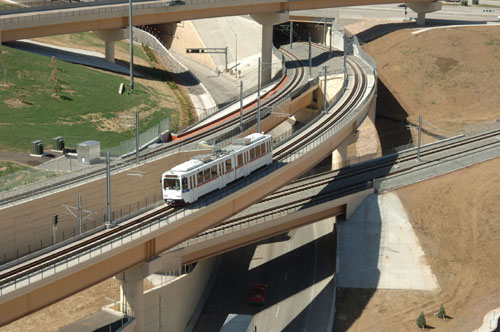Figment2005
Well-Known Member
Yes and no with that. If the timing is right, and there are enough trains running, the time could be less than taking a direct bus. For example, the Grand Floridian. It takes roughly 8-10 minutes to get from the resort to the TTC. From there, about 1-2 minute to walk from the resort side to the Epcot side. If a train is not at the Epcot side, you're looking at roughly 4-8 minutes before the next train, but if there is a train, it is only about 8 minutes until you are dropped off at Epcot.But it wouldn't be easier. It would be more difficult. You'd have to transfer and transfers are annoying/difficult. Example: People think it's the greatest thing to be able to get to Epcot from a Magic Kingdom monorail resort but it actually takes much longer to monorail over to the TTC, get off, walk down the ramp, walk back up the next ramp, wait for the Epcot train, then monorail over to Epcot than it does to just take the bus straight from the Contemporary or whatever.
Long story short, in a best case scenario you are looking at about 20-25 minute to arrive at Epcot from the Grand Floridian. In a worst case scenario, looking at 30-35 minutes. With a bus, a best case scenario is going to be about 30-35 minutes because it easily takes 15-20 just to drive to Epcot, but the bus also supports the Polynesian and the Contemporary. In a worst case scenario, you are looking at around 40-50 minutes to make the journey because you waited 20-25 minutes for the bus to show up, and then still had the time allotted to check in at the other resorts and then make the drive to Epcot.
Lets not forget to mention the amount of people a single train can hold in comparison to a single bus. A bus is what 60 people? Correct me if I'm wrong please. The monorail can hold that many people in a single car. So the monorail is not as bad as it may sound because of the transfers.





